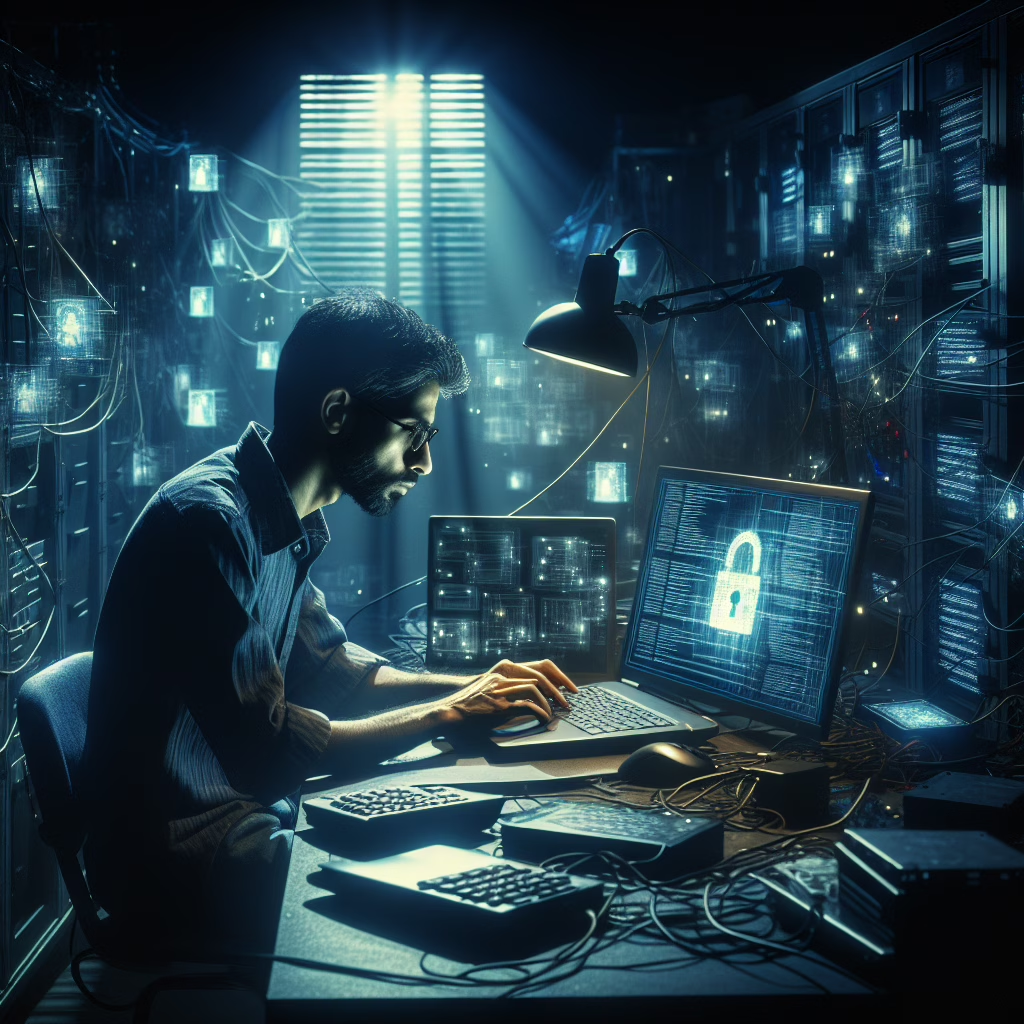In the ever-evolving world of cybersecurity, it seems that Russian hackers are back at it again, and this time they’re targeting military missions in Ukraine. Armed with info-stealing malware cleverly disguised on external drives, these digital mischief-makers have managed to infiltrate sensitive operations. Now, before you start picturing a rogue hacker in a dark room with a hoodie, let’s dive into this fascinating tale of cyber espionage and why it matters for everyone who values security.
What’s the Malware Situation?
In recent reports, cybersecurity experts have uncovered that Russian hackers have been using sophisticated tactics to steal information from Ukrainian military operations. This malware isn’t your run-of-the-mill virus; it’s designed specifically to slip through the cracks and grab sensitive data without raising alarm bells. The clever use of external drives means that even the most vigilant security measures might not catch it right away. Think of it as the Trojan Horse of the digital age—just without the wooden exterior.
But what does this mean for cybersecurity? Well, it’s a wake-up call for organizations worldwide. If a military operation can be compromised by something as seemingly innocent as an external drive, imagine what could happen in your own workplace or home! Remember, folks: just because it looks safe doesn’t mean it is.
The Art of Info-Stealing Malware
So, what exactly is info-stealing malware? In simple terms, it’s a type of malicious software designed to extract sensitive information from its victims. This can include everything from passwords and financial data to personal communications. Russian hackers have turned this into an art form, using techniques that keep their activities under the radar while they pilfer valuable intel.
While we often think of malware as something that lurks on our computers like a bad cold, it’s fascinating to see how these hackers adapt their strategies based on their targets. With the rise of remote work and increased reliance on external storage devices, it’s clear that we need to tighten our security protocols. After all, no one wants to be the unwitting star of a cybersecurity horror story!
Lessons Learned from the Cyber Battlefield
For those of us not engaged in international espionage (or at least trying not to be), there are several lessons we can glean from this situation:
- Be wary of external drives: Always scan any external device before plugging it into your computer. It’s better to be safe than sorry!
- Keep software updated: Ensure your antivirus and security software are always up-to-date. Hackers thrive on outdated systems!
- Train employees: Make sure everyone knows how to recognize potential threats. A well-informed team can act as your first line of defense.
By taking these proactive steps, you can help shield yourself against cyber threats lurking just around the corner—or rather, in your USB port.
The Bigger Picture: Cybersecurity in 2025
As we move further into 2025, it’s clear that cybersecurity must remain a top priority for organizations across all sectors. The landscape is changing rapidly; new technologies bring both opportunities and vulnerabilities. As illustrated by the situation in Ukraine, even military operations aren’t immune to the whims of cybercriminals.
This ongoing battle highlights the importance of staying informed about emerging threats and adapting our strategies accordingly. Whether you’re managing a small business or running an entire military unit, understanding these risks is crucial for safeguarding your operations. For more on cybersecurity insights, check our articles on ESET security scanner vulnerability and hackers going after influencers.
A Call to Action!
In conclusion, while Russian hackers may think they hold all the cards with their info-stealing malware schemes, we have the power to outsmart them with vigilance and preparation. So let’s keep our cyber defenses strong! What are your thoughts on this situation? Have you experienced any close calls with malware? Feel free to share your experiences in the comments below!
A big thank you to TechRadar for shedding light on this critical issue. Your insights help keep us all informed about the ever-changing landscape of cybersecurity!

